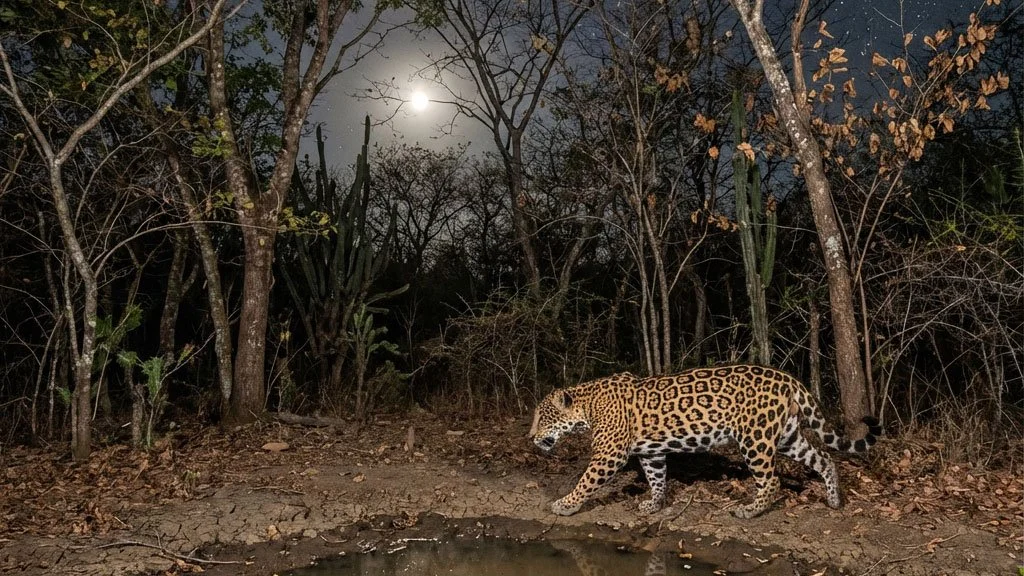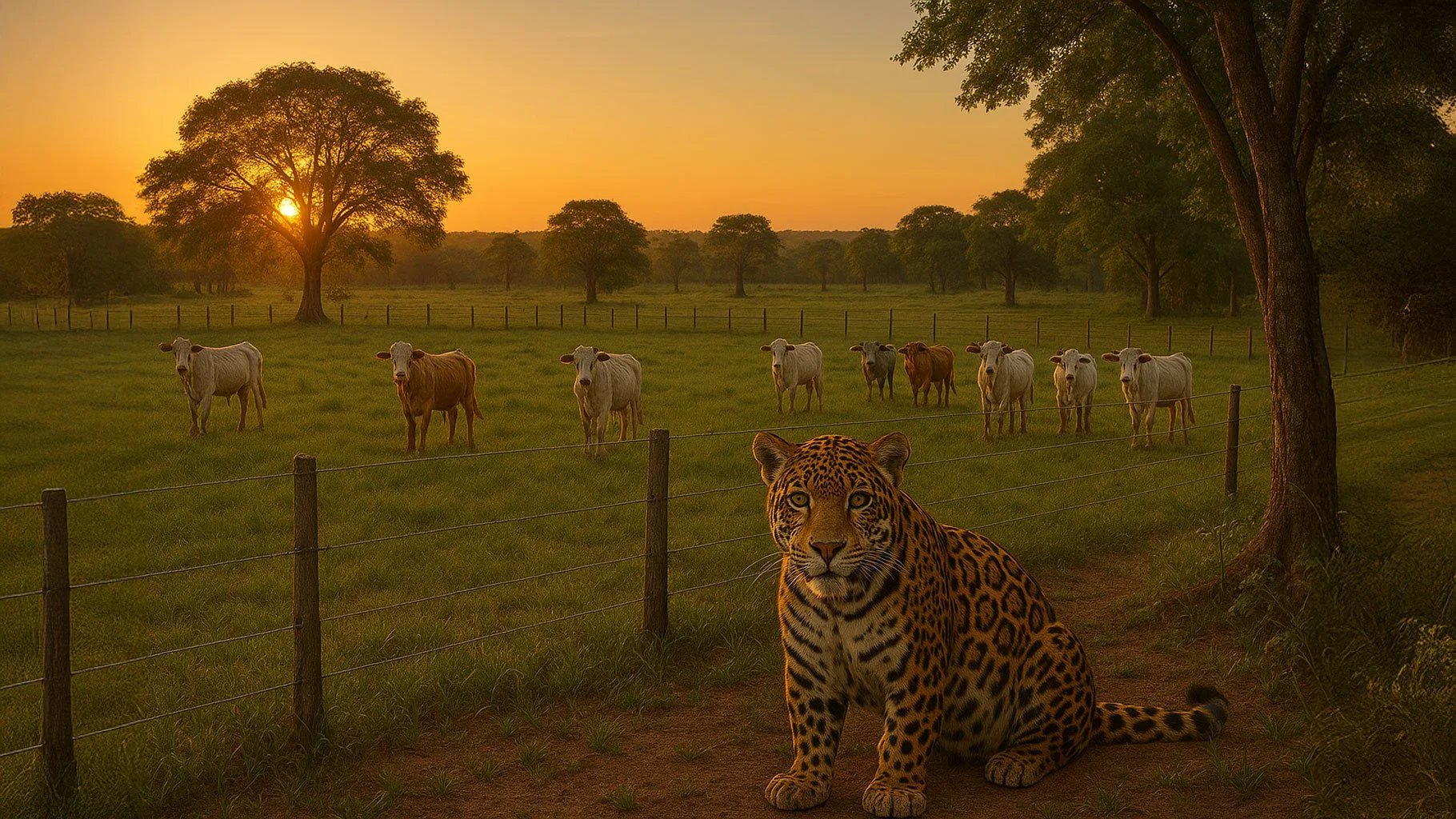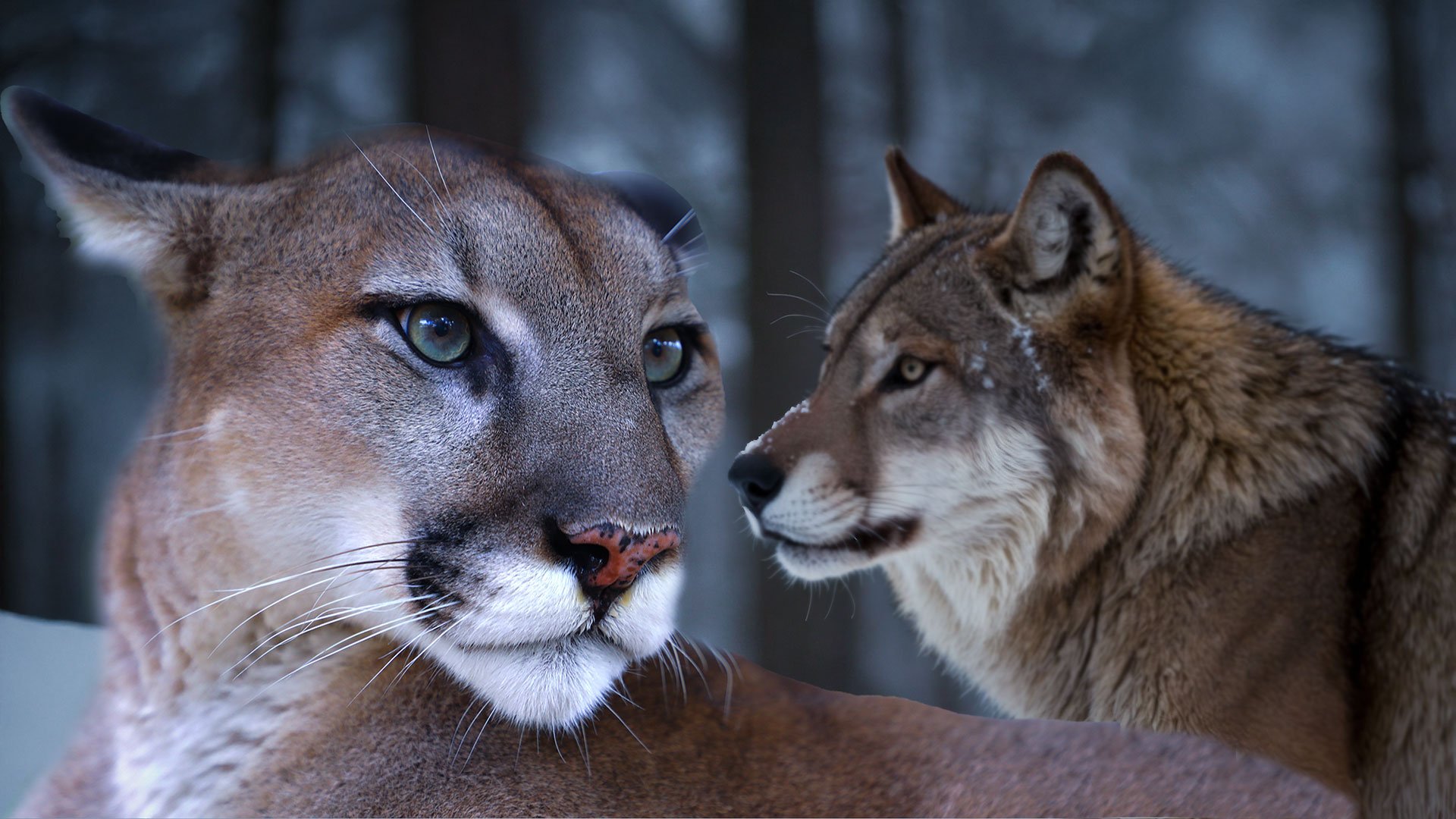Treetop Titans: Jaguars Turn to the Sky as the Forest Sinks
Jaguar perched gracefully on a sturdy tree branch amidst the lush, flooded forests of the Amazon.
In the heart of the Brazilian Amazon, where dense canopies stretch endlessly and the symphony of wildlife plays uninterrupted, a remarkable story unfolds—one that underscores the resilience and adaptability of one of nature's most enigmatic creatures: the jaguar.
A Leap into the Treetops
Imagine the vast expanse of the Amazon rainforest, a realm where the rhythm of life is dictated by the ebb and flow of its mighty rivers. Here, seasonal floods transform the landscape, submerging the forest floor for months on end. For most terrestrial creatures, this annual deluge presents a formidable challenge. Yet, recent observations have unveiled an astonishing adaptation: jaguars, traditionally known as ground dwellers, have taken to the trees, residing among the branches for extended periods during these floods.
Researchers, utilizing camera traps and field observations, have documented jaguars exhibiting behaviors previously unrecorded in scientific literature. These majestic cats have been seen resting on sturdy branches, navigating the arboreal network with agility, and even hunting from elevated vantage points. This shift not only showcases their physical prowess but also their cognitive flexibility in the face of environmental challenges.
The Jaguar: Keystone of the Jungle
Jaguars (Panthera onca) are more than just iconic symbols of the Amazon; they are keystone predators, playing a pivotal role in maintaining the health and balance of their ecosystem. By regulating prey populations, they prevent overgrazing and ensure the diversity of plant life, which in turn supports a myriad of other species. Their presence is indicative of a thriving, intact habitat.
Echoes of a Troubled Past
Historically, jaguars roamed from the southern United States to the tip of South America. However, relentless hunting, habitat destruction, and conflicts with humans have led to a significant contraction of their range. By the mid-20th century, jaguar populations had plummeted, with thousands killed annually for their pelts. Conservation efforts, bolstered by international agreements like CITES in 1975, curtailed the fur trade, allowing populations to stabilize in certain regions. Yet, challenges persist.
Modern Threats and Conservation Triumphs
Today, jaguars face an array of threats: deforestation for agriculture, illegal poaching, and fragmentation of their habitat. The Amazon, their stronghold, is under constant siege from logging and land conversion. Such habitat loss not only isolates jaguar populations, leading to genetic bottlenecks, but also increases human-wildlife conflicts.
However, amidst these challenges, there are beacons of hope. Initiatives like the Jaguar 2030 Conservation Roadmap aim to secure 30 priority landscapes for jaguars by 2030, emphasizing the importance of transboundary conservation efforts. Countries across the jaguar's range are collaborating to establish corridors that connect fragmented habitats, allowing for genetic flow and healthier populations. Local communities are being engaged in conservation, recognizing that the fate of the jaguar is intertwined with their own livelihoods.
A Call to Action
The story of the Amazonian jaguars adapting to a watery world is a testament to nature's resilience. Yet, it also serves as a poignant reminder of the fragility of our planet's ecosystems. Each of us holds the power to influence the narrative.
Supporting organizations dedicated to big cat conservation, such as Big Cat Rescue, can make a tangible difference. By contributing, you aid in habitat preservation, anti-poaching efforts, and community education—all vital components in ensuring that jaguars continue to roam the wild.
Beyond donations, embracing sustainable practices in daily life, advocating for policies that protect natural habitats, and spreading awareness about the importance of apex predators can collectively drive change.
In Conclusion
The jaguar's tale is one of strength, adaptability, and survival against the odds. As they leap into the treetops to navigate flooded forests, they remind us of nature's incredible capacity to adapt. Let their story inspire us to act—to ensure that these magnificent creatures continue to grace the jungles of the Americas for generations to come.
Read more: https://www.yahoo.com/news/researchers-stunned-observing-changes-jaguar-103007257.html















